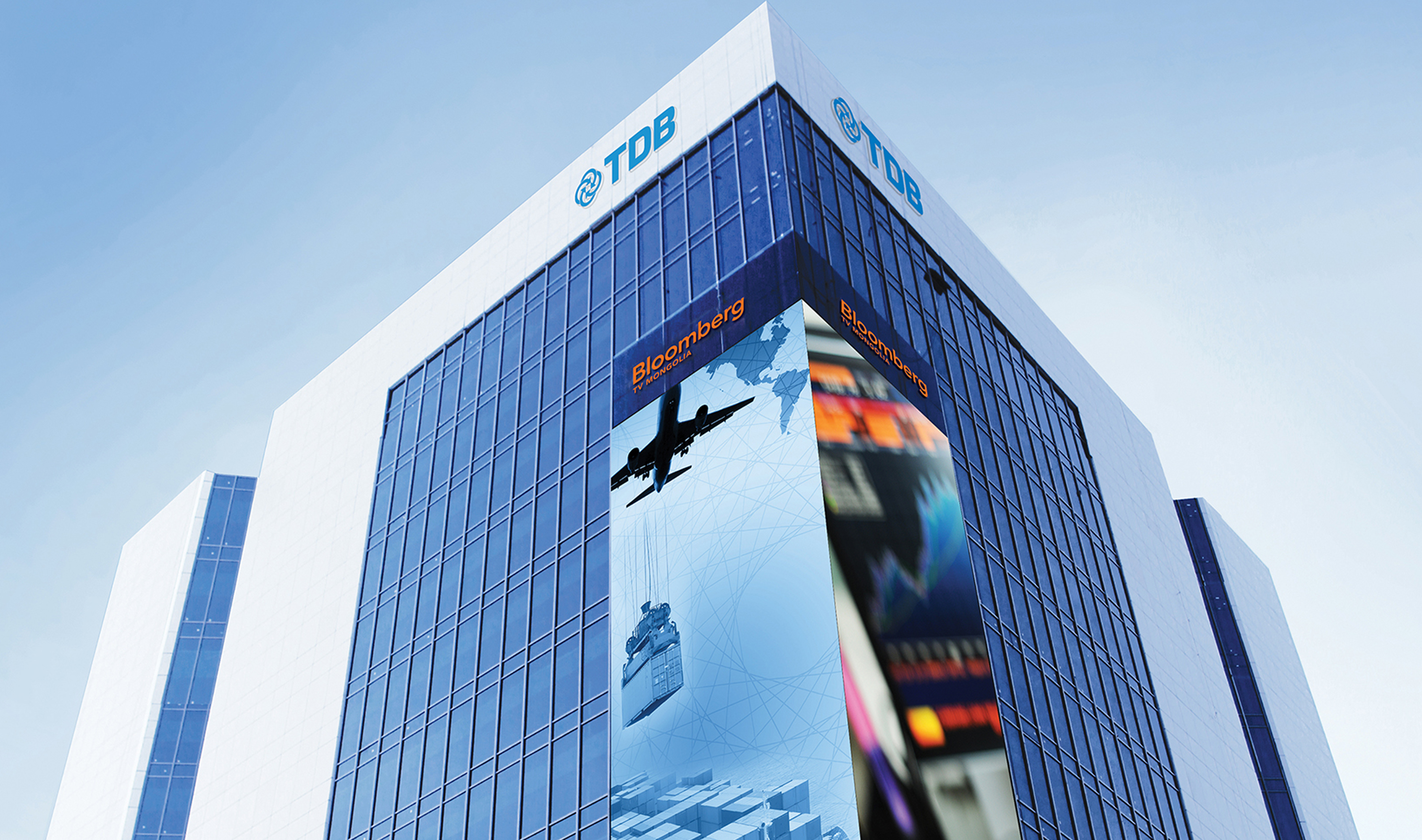Risk management
The purposes of Risk Management Policy are to assist the Bank in achieving strategic objectives and sustainable development, and to support Bank's profitability by managing risks in Bank's operations, and preventing and reducing them. The Bank operates in accordance with the following principles in its risk management framework. The following:
Be an integral part of all operations of the Bank, providing and maintaining a clear risk management strategy to all activities of the Bank.
Be part of the decision-making process, supporting risk-conscious decision making and informing the Bank's management team and business units about the risks the Bank is facing.
Cultivate transparency, identifying any uncertainties and avoiding any risks arising from them.
Be independent, implementing independent risk management and reporting from an external perspective.
Be based on up-to-date available information. Risk management shall be based on factual information such as historical data, forecasts, suggestions and observations from other departments, business units, and opinion of risk analysts/managers.
Be transformative in sync with the rapid changing business environment, adapting to internal and external conditions.
Encourage continuous development of knowledge and skills, having training programs aimed at improving and developing the professional skills of employees, and requiring employees to maintain professional ethics, rules, and standards.
Ensure transparency and participation, exchanging information, consulting with other departments, business units of the Bank, other stakeholders, and reflecting their suggestions.
Make continuous improvements, reviewing the risk management system regularly and make necessary changes and improvements if needed.
Trade and Development Bank fully adopts Enterprise Risk Management Framework (ERM) and applies across its operations. The ERM provides the Bank with effective mechanism for continuous monitoring and improvement of the risk environment and promotes risk awareness, knowledge, reliability, and encourages better strategic decision making. The Bank’s shareholders determine the Bank’s strategy and key strategic decisions are made from shareholders’ meeting. Risk governance, in line with the key strategic decisions, is maintained through delegation of authority to the Board of Directors (BoD) and Risk Management Committee (RMC).
The Bank’s BoD approves risk policy documents such as sound risk management framework and risk appetite statement (maximum risk that the Bank accepts). The Chief Risk Officer is responsible for day-to-day risk management, and reports directly to BoD and RMC. The Chief Risk Officer is the head of the centralized risk management function, which is the second line of ‘three lines of defense model” that the Bank implements. The centralized risk management function is run by following departments and units:
Risk Management Policy and Validation Department;
Market and Liquidity Risk Management Unit;
Credit Underwriting Department;
Loan Administration Unit;
Operational Risk Management Department;
Digital Risk Management Unit;
Compliance Unit.
These departments and units, which are the second line of the defense model, are responsible for the Bank’s risk management processes, including daily risk monitoring, risk identification, risk assessment, risk reporting and risk mitigation, and risk management improvement.
Business units (the first line of the defense model) have responsibility for risk management within their areas of accountability, while Internal Audit Department (the third line of the defense model) provides independent assurance for effectiveness of the Bank’s risk management.
Risk Management Committee is responsible for discussing and approving the Bank’s risk management policy, risk appetite and supporting BoD by quarterly monitoring of changes in risk appetite report, and discussing how changes in the Bank's product and service types, interest rates, and commission conditions are affecting the Bank’s risk appetite. The members of RMC are directly appointed by the BoD.
Executive Committee is responsible for rationally resolving issues arising from fully implementing approved risk policies and ensuring the Bank’s operations are running smoothly in line with risk policies and approved risk appetite. The committee is composed of CEO, first deputy CEO’s and deputy CEO’s.
Credit Committees are responsible for implementing credit policies for credit activities, making decisions on new loan requests, amendments in loan conditions within their approved limits, and monitoring loan repayments and quality the Bank’s total loan portfolio.
Non-performing Asset Committee is responsible for providing management direction and support to departments and units handling the Bank’s troubled assets, determine methods to reduce non-performing loan portfolio, monitoring the quality of total loan portfolio and managing the portfolio in line with non-performing asset objectives and strategy approved by BoD.
Asset Liability Committee is responsible for overseeing the management of liquidity risk, market risk, interest rate risk, foreign exchange risk by managing the Bank’s assets and liabilities, and discussing, resolving issues arising from them.
Operational Risk Management Committee is responsible for monitoring the effectiveness of the Bank’s operational risk management policies and procedures, discussing potential risky actions and making decisions and giving management directions to manage and reduce operational risks.
